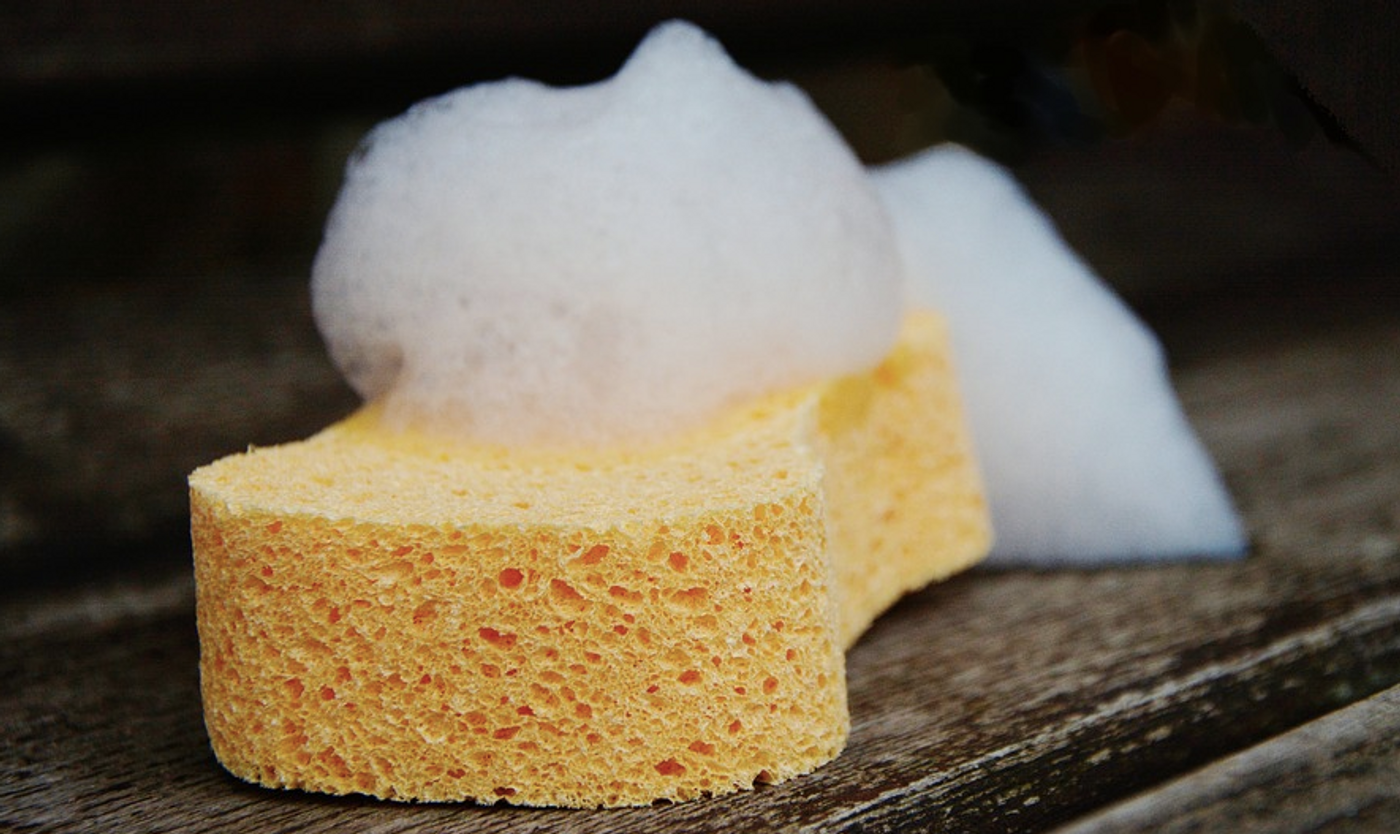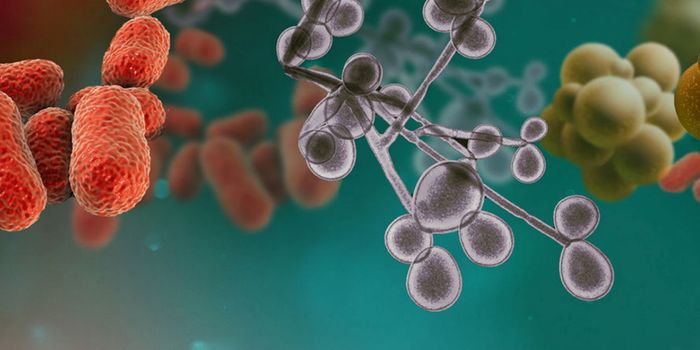Can Bacteria be Effectively Removed From Sponges?
When it’s time to wash the dishes, many of us pick up a sponge. We all know those sponges can get pretty disgusting after a lot of use, and people often rinse those sponges with hot water or microwave them so they can be used over and over. New research published in Scientific Reports suggests, however, that sponges can’t be thoroughly cleaned; while these common techniques remove or kill a lot of the bacteria, hardy strains remain in the sponge. Round after round of stringent cleaning just makes those strains multiply more; it takes out competing bacteria, which allows the surviving strains to take over the vacancy. It may be time to rethink some of those cleaning methods.
Sponges don’t dry out completely between uses, and that can encourage a lot of bacterial growth. For this report, the investigators looked at what bacteria was surviving the cleaning; they found Chryseobacterium hominis and Moraxella osloensis. While C.hominis is gram-negative, it has not been a cause of disease outbreaks. M. osloensis can also live on our skin without causing harm. It can, however, cause infection in some patients with compromised immune systems.
The researchers did find a disgusting amount of bacteria living in sponges though. Led by Markus Egert, a microbiologist at the University of Furtwangen in Germany, investigators determined there were 362 different bacterial species of bacteria living inside them. Surprisingly, those bacteria were really crowding into the space - roughly 82 billion bacteria were living in only one cubic inch of sponge.
“That’s the same density of bacteria you can find in human stool samples,” Egert noted. “There are probably no other places on earth with such high bacterial densities.”
With those numbers, it makes sense that people want to try to disinfect these bacterial colonies. Egert doesn’t think they’re doing a very good job though. “When people at home try to clean their sponges, they make it worse,” Egert commented.
Reading through the research, unfortunately, the researchers do not explicitly describe how the sponges were cleaned, because users donated them. The report doesn’t indicate how hot the water was when sponges were rinsed, or how long sponges spent in the microwave.
Nonetheless, it can be a bit alarming to find that sponges might actually just be transferring bacteria around the kitchen instead of cleaning the things we use to prepare and eat food. Personally, I think bleach might still represent a good option for cleaning and reusing sponges, rather than adding to the waste we generate. It is demonstrated in the video.
Looking at some other research findings on cleaning sponges, you can find suggestions from Michigan State University (MSU), backed up by the USDA. They state that microwaving a damp sponge for a full minute is effective for cleaning it. Alternatively, using the longest, hottest cycle in the dishwasher will kill the bacteria. Another option is to use your kitchen sponges for awhile and then take them to use for cleaning the bathroom or another, dirtier area of the home. As for the bleach treatment, soaking sponges for a minute in a solution made from around a half of a teaspoon of bleach (8.25 percent sodium hypochlorite) for every quart of warm (not hot) water, says MSU.
Sources: New York Times, Michigan State University, Scientific Reports









